- Introduction
- Battery Chemistry
- Battery Management System
- Power Conversion System (PCS) or Hybrid Inverter
- Charge Controller
- Energy Storage System Enclosure
- Monitoring and Control System
- Safety and Maintenance
Contents
- 1 Introduction Of Battery Energy Storage System Components
- 2 Battery System In Battery Energy Storage System Components
- 3 Battery Management System
- 4 Power Conversion System (PCS) or Hybrid Inverter
- 5 Charge Controller
- 6 Energy Storage System Enclosure
- 7 Energy Management System (EMS)
- 8 Safety and Maintenance
- 9 Conclusion
Introduction Of Battery Energy Storage System Components
Battery Energy Storage System Components are integral to the rising popularity and efficiency of BESS in recent years. These components play a pivotal role in various applications, including renewable energy integration, peak shaving, and grid stabilization. A battery energy storage system is comprised of several essential parts that collaboratively function to store, monitor, and control the energy within the batteries. This guide offers a detailed overview of these primary components, elucidating their roles and significance in guaranteeing the system’s optimal performance and efficiency.
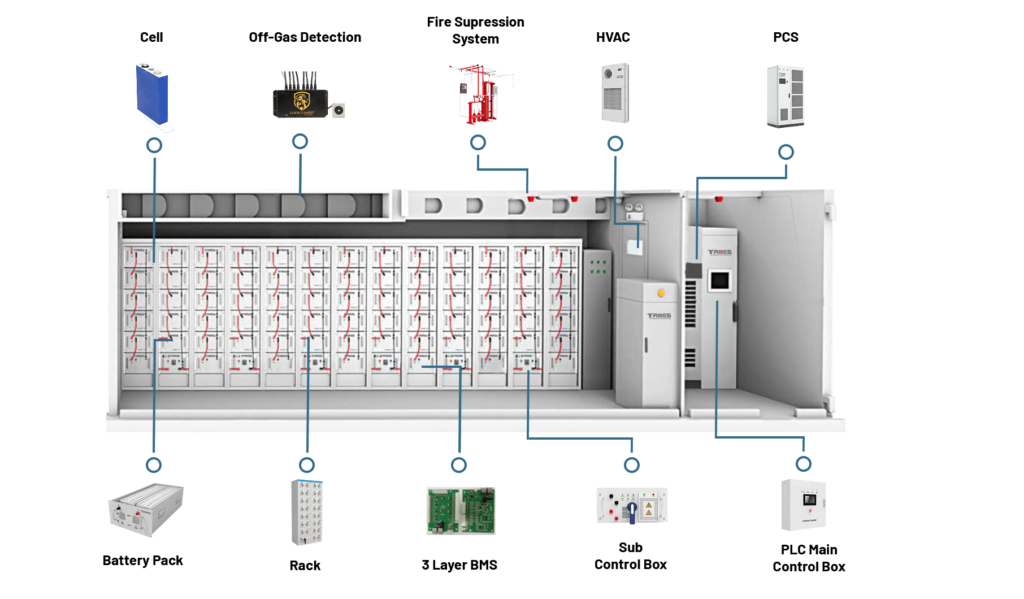
Battery System In Battery Energy Storage System Components
The battery chemistry used in a battery energy storage system plays a crucial role in determining its performance, efficiency, and longevity. Different battery chemistries, such as lithium-ion, lead-acid, and flow batteries, have varying characteristics and suitability for specific applications.
Lithium-ion batteries are widely used in BESS due to their high energy density, longer cycle life, and faster charging capabilities. They are well-suited for applications that require frequent charging and discharging, such as renewable energy integration.
Lead-acid batteries, on the other hand, are a more affordable option and can be suitable for applications that require lower power levels or shorter discharge durations. They have a lower energy density and shorter cycle life compared to lithium-ion batteries.
Flow batteries offer advantages such as scalability and longer cycle life. They are suitable for applications that require long-duration energy storage and high power capability.
Choosing the right battery chemistry for a specific application is essential to optimize the performance and cost-effectiveness of the battery energy storage system.
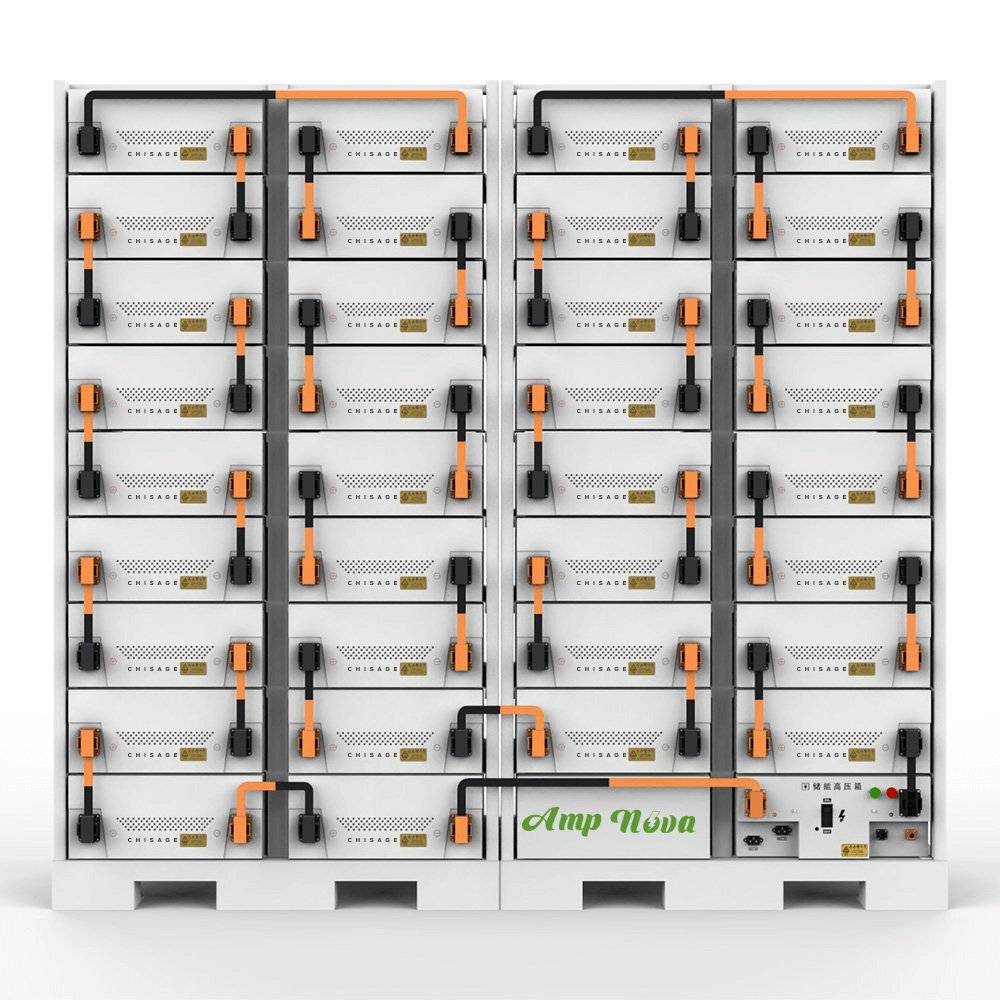
Battery Management System
The battery management system (BMS) is a critical component of a battery energy storage system that ensures the safe and optimal operation of the batteries. The BMS monitors various parameters of the batteries, such as voltage, temperature, and state of charge, to prevent overcharging, over-discharging, and thermal runaway.
The BMS also enables cell balancing, which ensures that all cells in the battery pack are charged and discharged equally, thereby maximizing the overall battery capacity and extending the battery life. It provides protection against faults and abnormalities, and in some cases, allows for remote monitoring and control of the batteries.
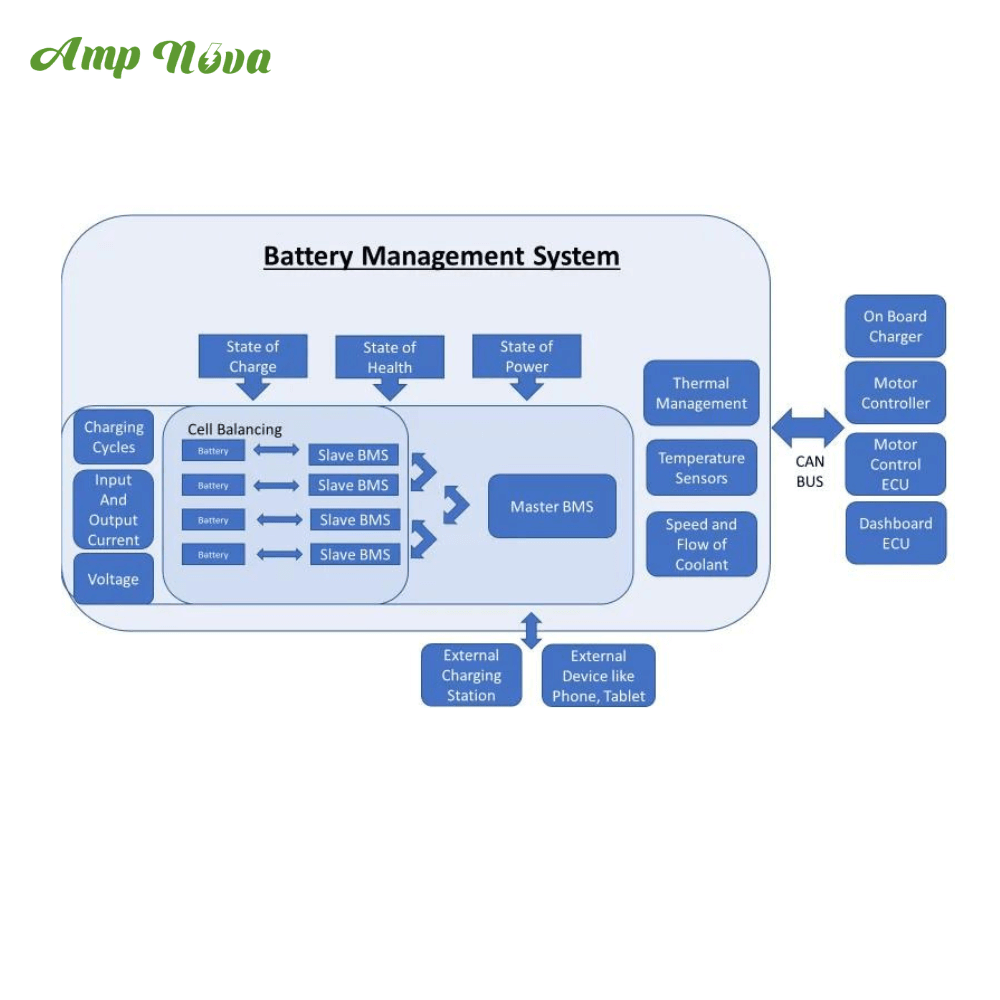
Power Conversion System (PCS) or Hybrid Inverter
The inverter is another key component of a battery energy storage system that converts the DC (direct current) power stored in the batteries into AC (alternating current) power, which is compatible with the electrical grid or the loads connected to the system. The inverter also performs functions such as voltage and frequency regulation, power factor correction, and grid synchronization.
The efficiency and reliability of the inverter are crucial for the overall performance of the battery energy storage system. Higher efficiency converters result in less energy loss during the conversion process, while reliable inverters ensure stable and consistent power output.
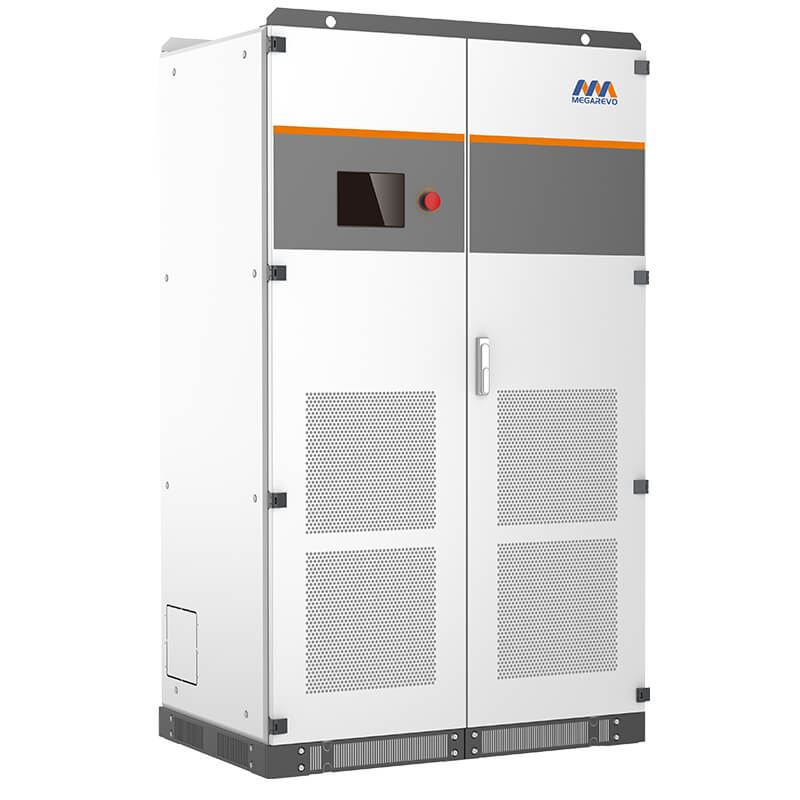
Charge Controller
The charge controller is responsible for managing the charging process of the batteries in a battery energy storage system. It regulates the charging current and voltage to ensure safe and efficient charging, as well as preventing overcharging or undercharging of the batteries.
Some charge controllers also incorporate maximum power point tracking (MPPT) algorithms, which optimize the energy harvest from renewable energy sources such as solar panels or wind turbines by constantly adjusting the charging voltage and current to match the available energy.
Energy Storage System Enclosure
The energy storage system enclosure provides physical protection and containment for the battery module, BMS, inverter, and other critical components of the battery energy storage system. It is designed to withstand environmental factors such as extreme temperatures, humidity, and vibration, while also providing ventilation and thermal management to dissipate heat generated during operation.
The enclosure should be constructed using materials and designs that meet safety standards and regulations, ensuring the integrity and safety of the battery energy storage system.
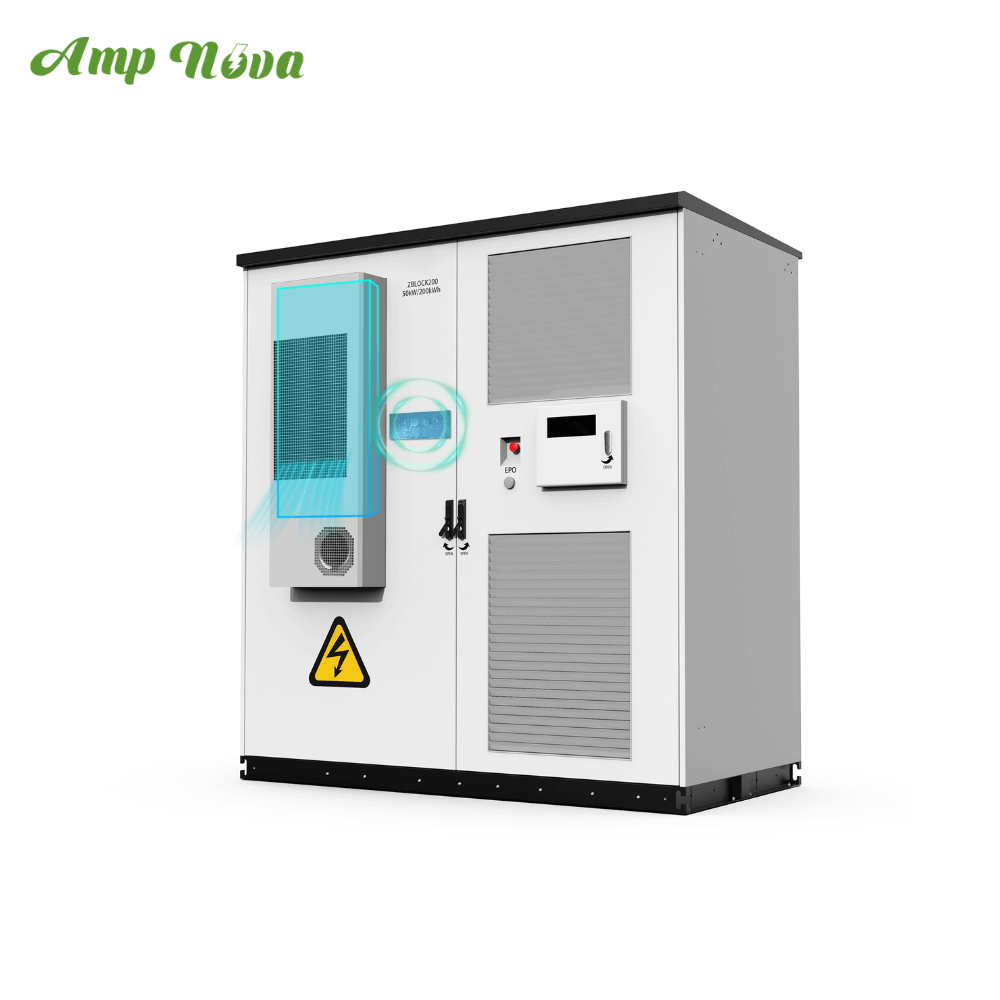
Energy Management System (EMS)
A monitoring and control system is essential for overseeing the operation and performance of the battery energy storage system. It collects data from various sensors and components of the system, such as battery voltage, current, and temperature, and provides real-time information on the system’s status.
The monitoring and control system enables remote access and control of the battery energy storage system, allowing operators to optimize its performance, troubleshoot issues, and adjust settings as needed. It also plays a crucial role in predicting battery life and scheduling maintenance activities.
Safety and Maintenance
Safety is of paramount importance when it comes to battery energy storage systems. Proper safety measures should be implemented to prevent accidents such as thermal runaway, electrical hazards, or fire. This includes incorporating fire suppression systems, thermal management systems, and safety protocols for installation and maintenance.
Regular maintenance of the battery energy storage system is vital to ensure its longevity and optimal performance. This includes periodic inspections, battery capacity testing, cell balancing, and software/firmware updates.
Conclusion
Understanding the various components of a battery energy storage system is essential for making informed decisions when designing, implementing, and maintaining such systems. Battery chemistry, battery management systems, inverters, charge controllers, energy storage system enclosures, monitoring and control systems, and safety protocols all contribute to the efficiency and reliability of the system. By considering these components and their functions, one can build and operate battery energy storage systems that are safe, cost-effective, and sustainable.